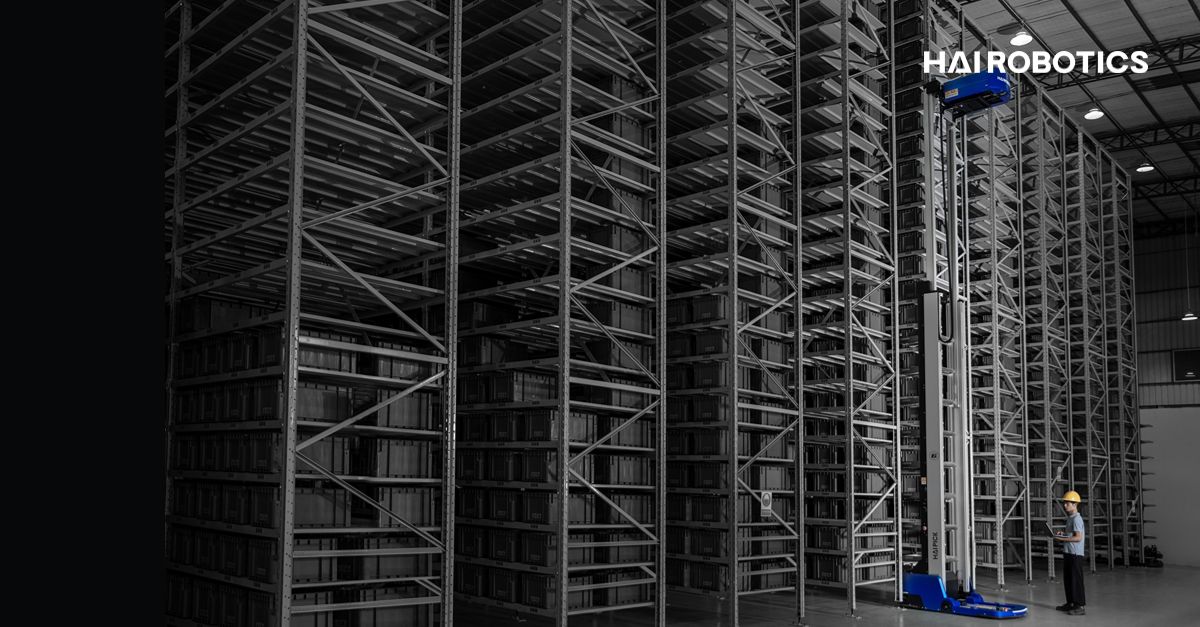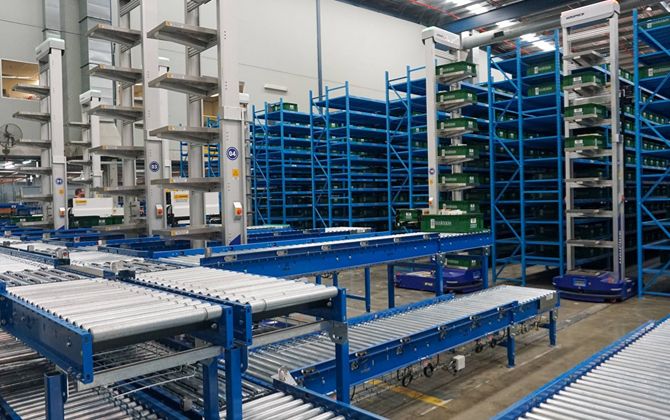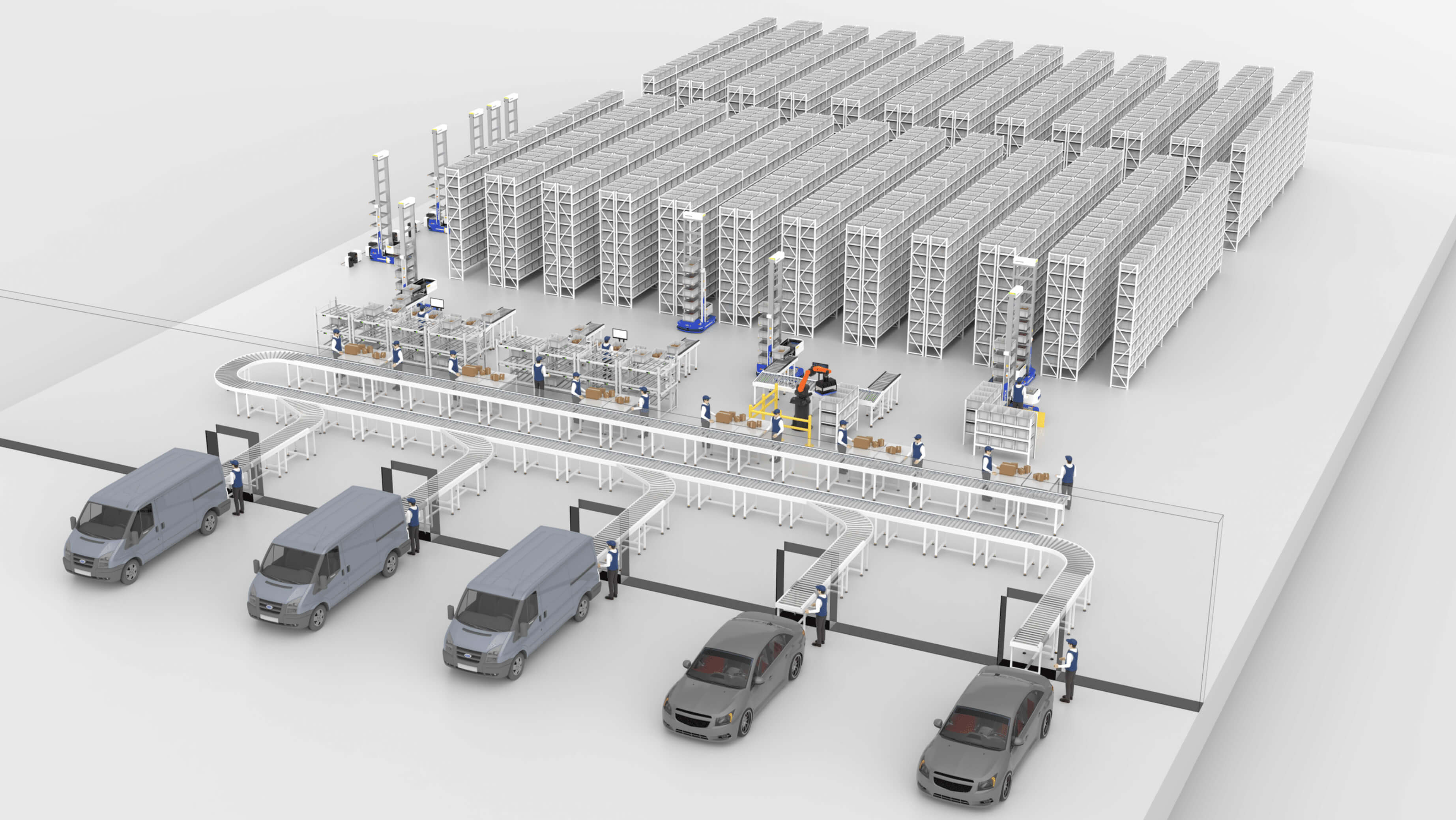How Will Warehouses Be Designed in the Future?
There is little consensus within the industry on what form the warehouse of the future will take, due to the wide range of uses for automation in different operations. Therefore, accommodating flexibility in warehouses will be the key focus for the industry, going forward.
As the use of robotic solutions across the warehouse sector grows, companies of all shapes and sizes and right across the supply chain are considering the benefits of automated solutions. There is little consensus within the industry on what form the warehouse of the future will take, due to the wide range of uses for automation in different operations. Therefore, accommodating flexibility in warehouses will be the key focus for the industry, going forward. Our latest white paper "The Warehouse of The Future" highlights the importance of agility for future warehouses. The warehouse of the future will not be designed to accommodate robots, but rather robots will be designed to blend quickly into existing operations.

The Challenge:
To date, innovation in the warehouse automation industry has come from the top players, who have the resources to invest in bespoke custom solutions in gigantic purpose-built compounds. To these lucky few, with almost endless resources, designing and implementing an entirely automated warehouse – from the ground up – is a feasible endeavour. However, the cost of such a solution is prohibitive to some parts of the wider industry.
Despite the numerous robotics solutions on offer, and although it is improving, the logistics industry still lacks the general awareness of what automation can currently do for individual warehouses. Coupled with the lack of understanding, is an institutional aversion holding companies back from investing in a robotics future. New technologies are still perceived as costly and time consuming to implement in existing operations. The reality today is that the capital expenditure needed to implement a robotics solution is significantly lower than it was a few years ago.
The challenge faced by the warehouse robotics industry is to educate logistics companies on what robotics solution is most practical to implement and how such investment could seamlessly fit into their existing ecosystem for little cost. The COVID-19 pandemic, the explosion in online retail and the interconnected nature of the modern global economy has and is already shaping the face of the warehouse and logistics industry. The nature of ‘just-in-time’ supply chains or the ever-growing expectations of consumers – accustomed to next-day or even same-day deliveries – has seen enormous investment in logistic networks in recent years. Ever larger regional hubs (typically above 9.2k square meters or 100k square feet) linked to smaller, more localised distribution centres in urban areas are increasingly becoming the norm. Yet the workers needed to staff such sites are in short supply, as countries like the UK, US and even China are having to contend with.
The Agile Solution:
The advances in warehouse robotics, coupled with rising labour costs, difficulties finding workers and the declining cost of robotics solutions, have created a watershed moment for the logistics industry. Companies that don’t have the capital investment required to build a custom warehouse from the ground up, can invest in robotic solutions to enhance their operations and efficiency. As such, the industry in general – led by companies like Hai Robotics – is designing and implementing much-needed solutions that can blend quickly into existing operations and can evolve to suit the changing needs of potential customers, based on an agile design.
In recent years, an emerging class of warehouse robots designed to augment operations and work collaboratively with humans has come to market. From collaborative robots known as cobots – that work together with employees, with no safety equipment needed – to autonomous mobile robots or automated guided vehicles, the diversity of technology solutions on the market today allows for precise, cost-effective options to suit any need.
Hai Robotics' agile solution enables warehouse operators to pick and choose what solution would work best within their existing operations. It targets components of operations, rather than an entire system overhaul. This approach means companies reluctant to invest vast sums of money into an entirely automated warehouse can test the water by deploying a few robots to automate a specific process. It can also alleviate bottlenecks for those who want to improve efficiencies without disrupting workflows and making large capital investments. In some cases, governments will support the introduction of automation into companies. For example, the UK government launched a scheme in 2021 allowing companies to claim 130% capital allowances on qualifying plant and machinery investments.
Recently we have seen new alternatives to large capital investments such as Robot as a Service (RaaS), a subscription-based model where customers pay for in-demand services of a robotics solution. Companies using this service model provide total solutions that include operation, maintenance, and management services, in addition to the robotic system for sustainable and scalable productivity. As confidence in automation grows, additional robotic solutions can be deployed to cover increasingly more complex aspects of the warehouse pipeline.
Download the whitepaper: The Warehouse of The Future
Learn more about Hai Robotics

